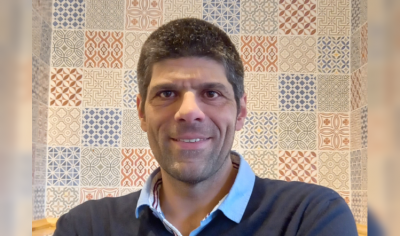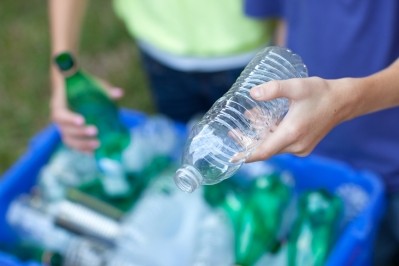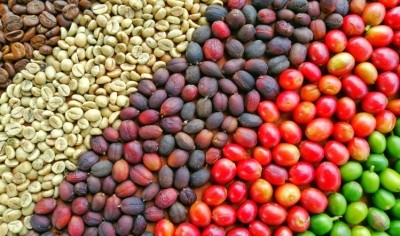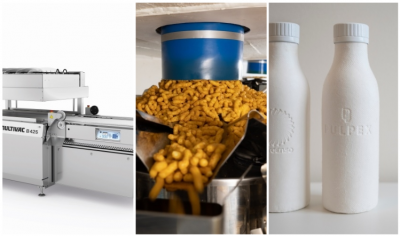Ask The Expert, in collaboration with the Institute of Food Science & Technology
Ask The Expert: sensory analysis of food packaging
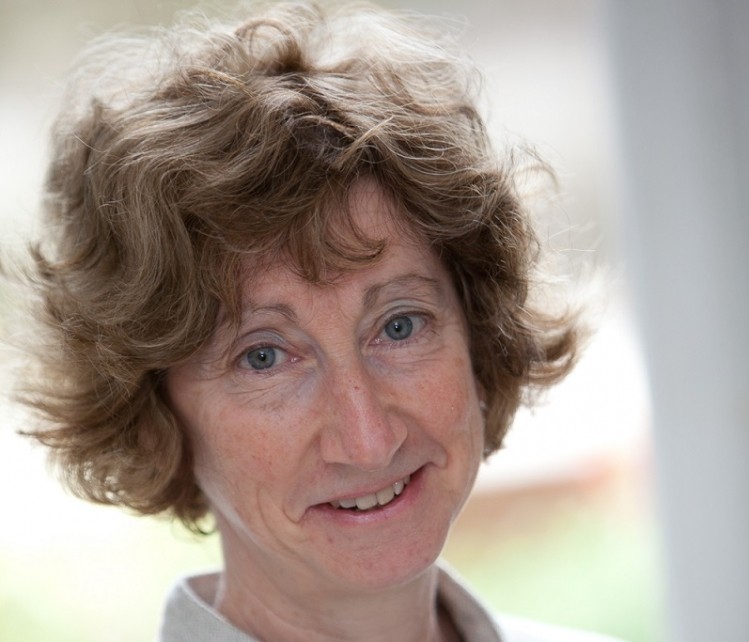
Could you explain your work in a few sentences?
My work is really varied. It can lie in a range of areas along the research chain including desk research, business to business research, sensory testing, consumer testing, and market research.
My company helps clients understand and gain insight into their markets, consumers, and products. One of the areas I have been involved in recently is sensory and consumer research and packaging design.
How did you end up working in this field?
During my first degree in food science, I specialised in sensory evaluation and was lucky enough to have one of the founders of modern sensory evaluation, Rose Marie Pangborn, as one of my teachers.
I have been working in this area pretty much ever since. In terms of packaging, it has always been relevant to many of my clients, although it used to be mostly about ensuring that packaging did not taint the food and drink contained.
A few years ago, I was asked to write a series of reports on packaging innovation in the food and drink sector, which really sparked my interest in the area.
Then in 2019 I co-organised, along with Dr Qian Yang from the University of Nottingham, an IFST Sensory Science Group/ Society of Chemical Industry Food Group workshop at the Pangborn Sensory Science Symposium in Edinburgh.
The workshop introduced and explored the role of sensory and consumer science in packaging with presentations and speakers focusing on cross-modal sensory effects, design principles, brand congruence, and the role of consumers in testing/co-creation of novel features.
We had a lot of good feedback from the workshop and many delegates were saying how important it is for sensory and consumer science to get more involved with packaging.
What role does sensory and consumer research play in packaging design?
Packaging and packaging materials have become a topic of great interest in the food and drink sector as a route to innovation, a way to deliver great consumer experiences and promote waste reduction and sustainability.
Up to this point, sensory and consumer research tools have not been that well leveraged. But there is a big role here in terms of creating engaging packaging designs and understanding and acting on consumer concerns and behaviours.
Consumer research can also help to understand how connected packaging can be used to enhance the user experience.
What are some of the challenges that can occur?
Sensory and consumer research on packaging prototypes is very expensive and/or time consuming.
Another challenge concerns the context of how and where to look at packaging – for instance, on its own, with the product, in the retail environment, at home.
When it comes to design there is also the challenge of understanding implicit as well as explicit reactions of consumers to concepts.
Sensory professionals are confident in their expertise in setting up and reporting on formal research and testing. However, they are often not as willing to use their general knowledge and experience to advise on how it might be possible to design and create products and features with unique sensory attributes and features.
I think this is more about role perception rather than competence. In other words, do sensory scientists believe their remit is only to organise and carry out sensory trials or is it also to accumulate and share insight about consumers’ sensory experiences?
What best practices exist to address the challenges?
It is possible and advisable to use traditional sensory and consumer research methodologies such as sensory profiling, acceptance testing and qualitative research in the context of packaging.
Most large food companies have this expertise already in house and it would be good if these teams were brought more often into packaging projects.
Sensory concepts can be used by designers to create packaging with colours, fonts, images, and shapes that complement the food and drink contained, stand out on the shelf, and are congruent with the brand message.
For example, I recently read a research paper published in the journal Food Quality and Preference that found that drink concepts presented in slimmer bottles were perceived as healthier than those that were not. For insights such as this, designers could, where relevant, bring in the skills and mine the knowledge of sensory specialists.
How will emerging technologies or scientific developments affect your field?
The advent of online testing and virtual and augmented reality technologies can help with some of the complexity of evaluating packaging that might not yet exist, as well as exploring different contexts.
Use of a mixture of research methodologies, for example descriptive testing with sensory experts in conjunction with co-creation with consumers, can also deliver rounded insights.
Methods are also being developed to help understand the more subconscious associations between sensory features and a brand for example.
There are lots of exciting opportunities out there for creating functional, attractive, sustainable, and innovative packaging. Sensory and consumer science can certainly help in this process.
Ask The Expert offers a regular source of advice on technical matters from industry professionals who are all IFST members and has been created with the help of the IFST.

